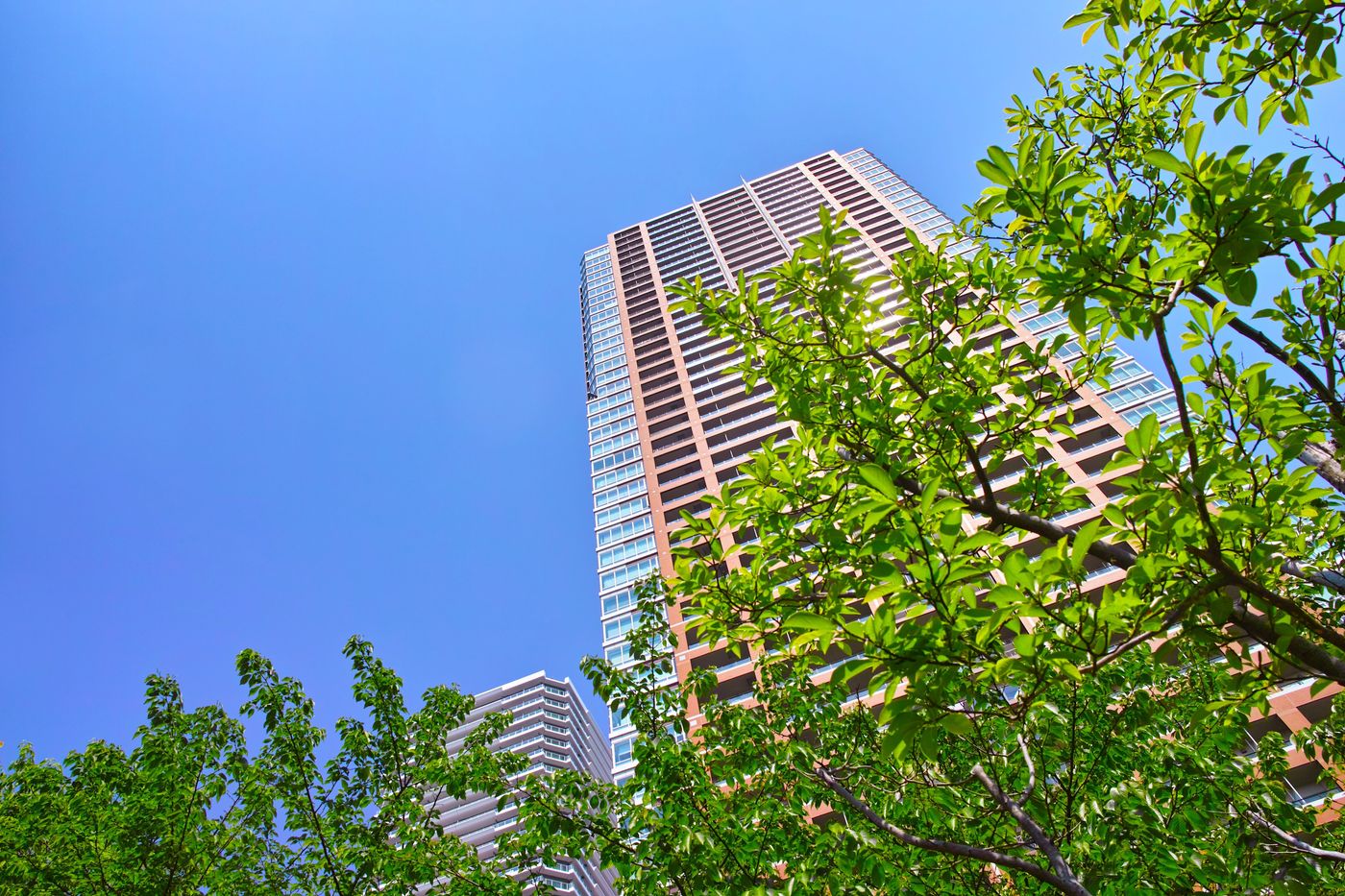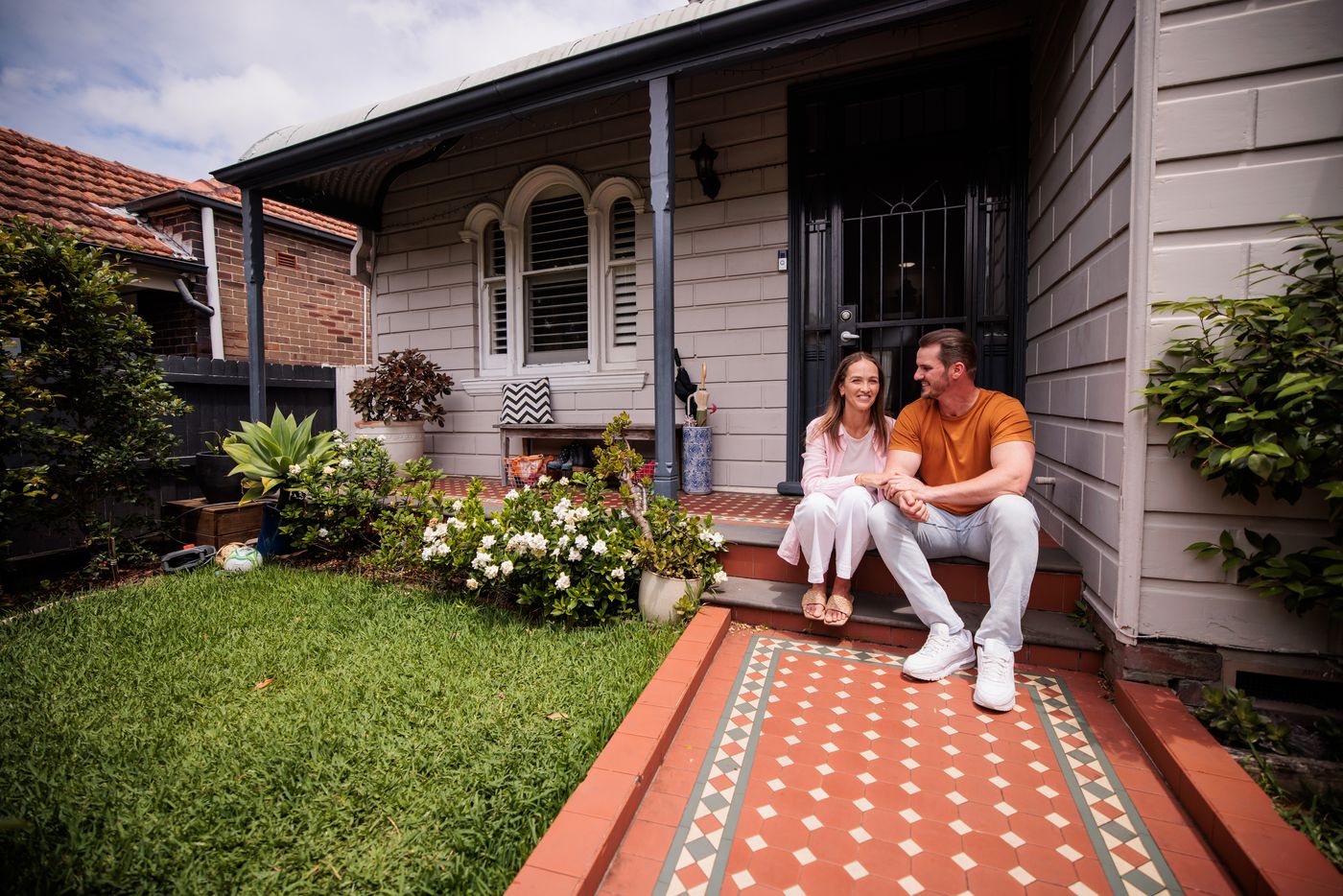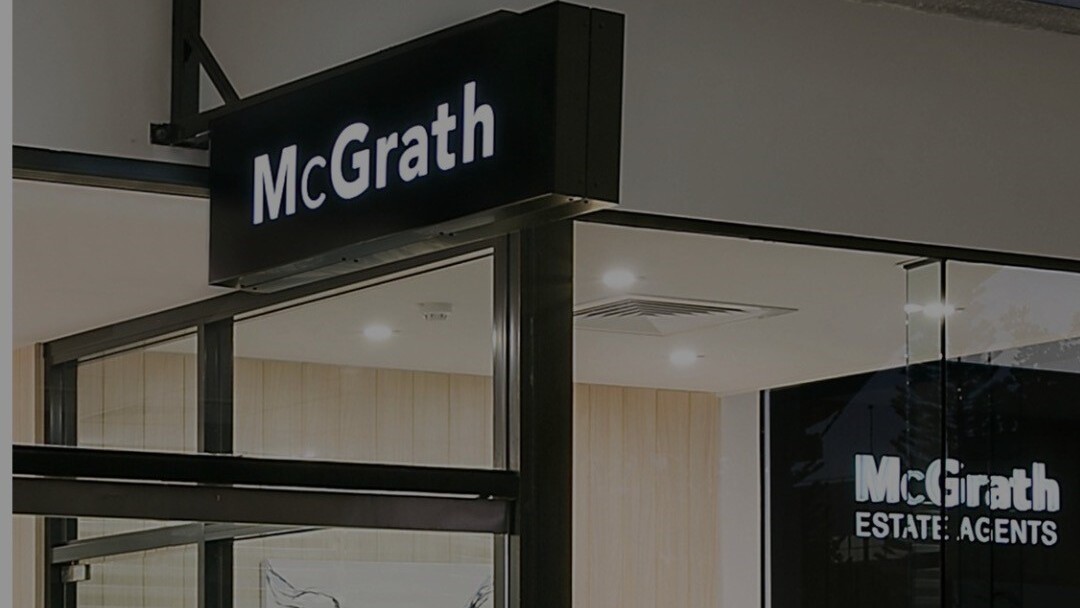Investors: What to buy, what not to buy - John McGrath
When you’re investing in property, what you choose to buy makes all the difference to your long-term return. Some properties will consistently grow in value and attract good tenants. Others might look good on paper but underperform in reality.
Here’s a guide to help you spot the smart buys and dodge the bad ones.
What to look for
1. Stick to areas you know
You don’t have to buy in your own suburb, but look for a ‘drive-by’ location – somewhere you can easily visit for inspections or property management. On-the-ground familiarity will give you peace of mind and often better insights than you’ll get from internet research alone.
2. Choose areas with new or incoming infrastructure
Suburbs with projects under construction – new transport links, hospitals, shopping centres – typically outperform over time. Capital growth tends to follow investment.
3. Houses generally outperform apartments
Land is scarce and that’s what drives house price growth. If you can’t afford a house, an apartment is still a great choice with its own set of advantages. Apartments are more affordable, easier to maintain, and offer higher rental yields and depreciation benefits.
4. Match the property to your desired level of involvement
If you’re hands-on, a house offers more opportunity to add value through renovations and extensions. If you prefer to sit back, a low maintenance apartment might be the better fit.
5. Focus on quality
Buy the highest quality property possible within your budget. Prioritise a good floor plan, plentiful natural light and walking proximity to cafes, shops and transport. Choose the best street of a suburb you can afford over the worst street in a more expensive suburb.
6. Aim to buy above the median
Properties that cost 10% or 20% above a suburb’s median price come with better layouts, space, views and proximity to amenities. This translates to better resale value and more tenant appeal.
What to avoid
1. Second tier ‘bargain’ apartment blocks
If a keenly priced brand new apartment in a flashy ad looks too good to be true, it probably is. Cheap new developments are usually in inferior locations and have low quality fixtures and fittings. They won’t appeal to owner occupiers, which limits future capital growth.
2. Rental guarantees
Offers like ‘7% guaranteed return for 5 years’ can be misleading. These schemes often mask inflated sale prices. When the guarantee ends, rents can drop, and your returns will go down with it. A solid investment should easily command market value rent.
3. Serviced apartments
These function like hotel rooms, and their success relies on travel and business demand. Resale is limited to investors only, which limits capital growth.
4. Refurbished commercial buildings
Residential conversions from office blocks or warehouses can look stylish but often come with awkward floor plans and hidden structural defects. They’re riskier than purpose-built homes.
5. Company title apartments
These older-style buildings can restrict your ability to lease the property freely. Some require tenants to be approved by a committee. With so many strata title options available, there may be other options.
***
Some people say you should keep emotion out of it when making investment decisions. That may work for some asset classes, but not property. Sure, be rational when you negotiate the deal, but when you’re picking the property itself, it’s good to use a little instinct.
Ask yourself: Would I want to live here? Would I be proud to call this property my home?
That gut feeling – combined with solid research and a focus on quality – is what will steer you toward an investment that will consistently rise in value over the long term.

By
John McGrath
July 20, 2025
4 min read
Share this Article


.jpeg)

